When Dhaka Makers first launched, it was a humble initiative to showcase local artisans and designers. By its second edition, it had become a hub of innovation, blending tradition with contemporary design. Now, in its third edition, Dhaka Makers 3 has become a cultural extravaganza, proving that Dhaka's creative ecosystem is thriving.
Presented by City Bank and hosted at Aloki Convention Center, the five-day event – held from 30 January to 3 February 2025 – transcended the conventional marketplace, offering an immersive experience that celebrated craftsmanship, sustainability, and artistic expression.
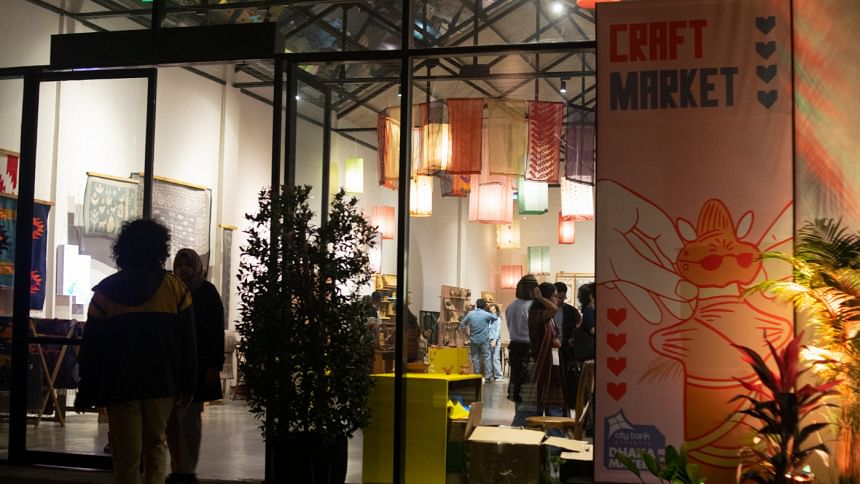
Where heritage meets innovation
The festival officially kicked off with an inauguration ceremony attended by dignitaries, including Mohammad Mahbubur Rahman, Additional Managing Director and Chief Financial Officer of City Bank, and Susan Vize, Country Representative of Unesco.
Their presence underscored the festival's significance as a platform that not only celebrates craftsmanship but also fosters cultural exchange and economic opportunities for artisans.
At its heart, Dhaka Makers 3 provided a space where handmade craftsmanship and contemporary art could coexist. The Makers' Market, a line-up of small, independent local brands and creative entrepreneurs was a haven for those seeking one-of-a-kind, handcrafted goods. Each item, from ceramics and stationery to home décor, jewellery, and accessories, was more than a product; it was a story of passion, skill, and tradition.
Among the entrepreneurs were ASM Jiaul Hoque and Naveed, founders of Aicha, a platform dedicated to sustainable handicrafts made from coconut shells.
They shared, "Coconut shells are usually discarded, but we transform them into beautiful, functional pieces — home décor and jewellery. It's a way to repurpose waste while empowering artisans. Dhaka Makers gives us a voice in a growing movement towards ethical craftsmanship."
Srishty Sancharee, co-founder of Tulsipata — a clothing brand specialising in batik and cotton apparel — highlighted, "Batik has a long history, but we often see it fading commercially. At Tulsipata, we are trying to keep it alive by blending it with contemporary styles. Dhaka Makers is the perfect place to connect with people who truly appreciate handcrafted garments."
Another standout addition this year was the Craft Market, which spotlighted Bangladesh's rich textile and handicraft legacy. Here, visitors could engage with skilled artisans, observe their craftsmanship firsthand, and purchase unique handmade creations.
Among them was Horendro Kumar Das, an elderly artisan who has been making shitol pati for about half a century. Sitting at his stall, he remarked, "I have been making shitol pati since I was a boy. It is a craft passed down through generations, but today, fewer young people are taking it up. Events like this help people appreciate our work, and maybe, some will be inspired to carry on this tradition."
The festival was not just about preserving heritage but also about fostering new interpretations of tradition. The Art Market, another exciting new segment, redefined accessibility to contemporary art. Featuring paintings, sketches, prints and pop art, it became a space where both seasoned collectors and first-time buyers could interact with emerging and independent artists.
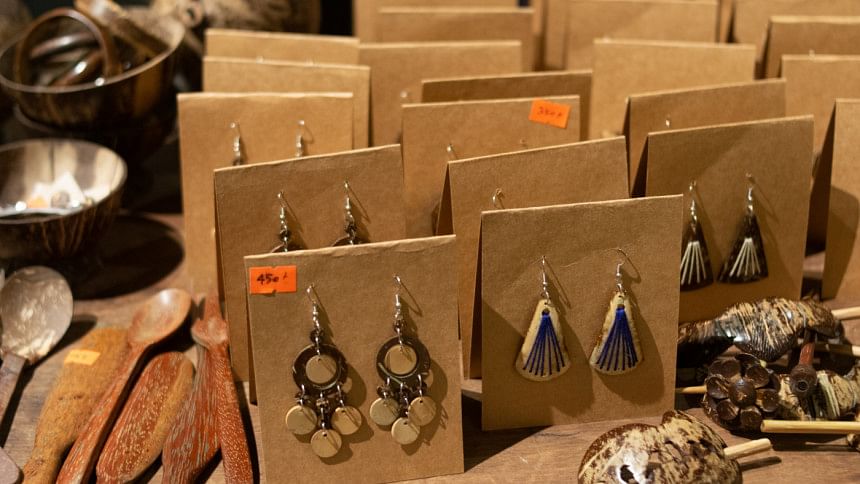
An interactive experience: Workshops and music performance
A key highlight of Dhaka Makers 3 was its interactive experience, where visitors did not just observe but actively engaged with the creative process. The festival's workshops and live demonstrations transformed learning into an immersive activity, offering hands-on opportunities to work with heritage crafts and contemporary art forms.
Attendees participated in Bangla calligraphy sessions and crafted Tepa Putul terracotta dolls, learning directly from master artisans. Meanwhile, the Demonstration Zone came alive with performances such as live body painting, rickshaw art on objects, and tapestry weaving, allowing visitors to witness the magic of art unfolding in real time.
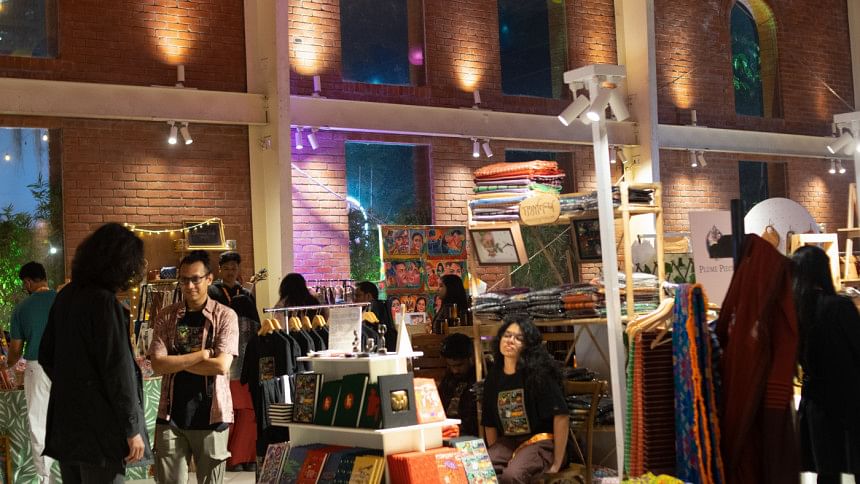
As the sun set, the festival transformed into a vibrant musical retreat, where an eclectic mix of artists took the stage each night. From the soulful performances of Muiz Mahfuz Band and Krishnokoli to the high-energy rock of Subconscious and Powersurge, the evenings kept the crowd engaged long after the craft markets had closed.
The line-up also featured Metrolife, Kafil Ahmed, Kanak Aditya, and Post Office Society, bringing a mix of contemporary and folk influences. The grand finale featured the Rehman Duo, who closed the festival on a melodic high. Through this fusion of interactive art and music, Dhaka Makers 3 created an environment where creativity was not just displayed — it was experienced, shared, and celebrated.
Looking ahead
As Dhaka Makers 3 wrapped up, it proved that Bangladesh's art, craft, and design scene is evolving constantly – fuelled by a community that values craftsmanship, innovation, and sustainability. With each edition, Dhaka Makers is shaping itself into not just a festival that continues to push the boundaries of how we experience, engage with, and support the arts.
As we await the next edition, one thing is certain: Dhaka's makers have more stories to tell, more crafts to revive, and more creativity to unleash.

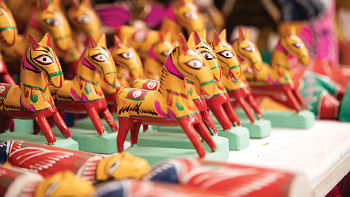



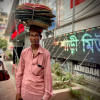
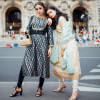
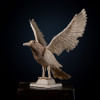
Comments